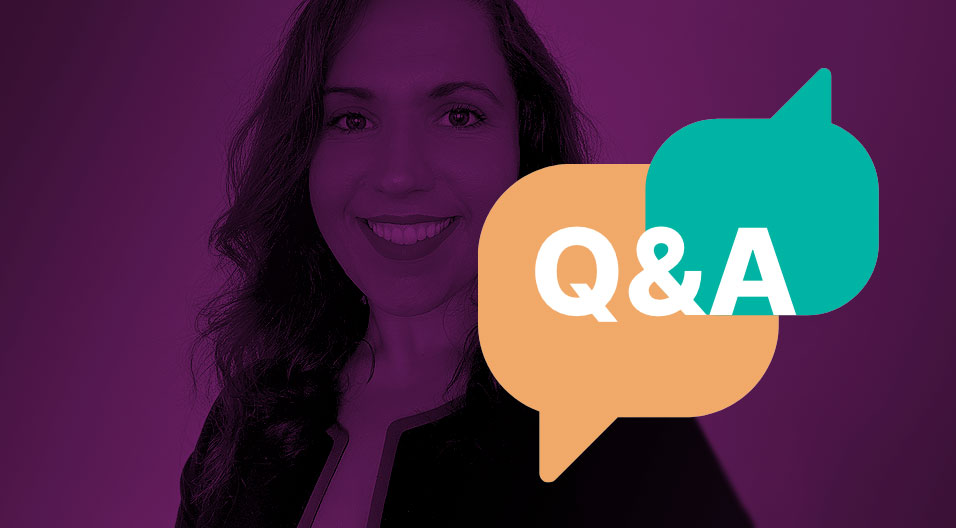Recently, the CipherHealth marketing team sat down with Suzie to talk about our product roadmap, the Product team’s top priorities, and how the team’s thinking about expanding our offerings to better serve our customers. Continue reading to catch the conversation.
What are your team’s key product objectives for this year?
This year, we’re working on building tools across our pre-care, point-of-care, and post-care products that improve operational efficiency, enable scalability, and deliver greater personalization.
For example, last quarter, we released ADA compliant outreach to meet the needs of hearing and visually impaired patients. Using communications preferences data, we can engage patients in the modality of their choices (e.g., voice calls for visually-impaired patients), ensuring they receive important care information. Another example of something we’re working on to deliver greater personalization is collecting patients’ preferred name and pronouns during rounding to acknowledge their gender identity.
Creating efficiencies through data insights continues to be another key objective for us.
Today, our customers can leverage the wealth of data created through our programs, which allows for retrospective reporting on both rounding and outreach outcomes. Moving forward, they will have even more data at their fingertips with revised analytics tools, executive-level dashboards, and the ability to analyze the sentiment of feedback from patient rounds.
Lastly, we’re focused on driving interoperability and scale—facilitating rapid growth using program extensions that flex with health systems’ changing patient populations and needs.
Sounds great! How are you prioritizing all of this work?
We’re staying focused on our product vision! Our goal, simply put, is to deliver a digital, multi-modality communication platform that creates operational and financial savings for health systems. And, as critically, to make it easy for patients to engage and re-engage with the health system across pre- point-of and post-care settings. Through conversations with our customers, we’ve been able to iterate on our roadmap and refine our priorities to work on items that will deliver the greatest value to our customers.
What are you most excited about right now?
I’m thrilled to make our vision of engaging patients across their journey a reality. Part of that has been expanding our pre-care offerings with CipherConnect, our new conversational engagement solution. It empowers organizations to remove friction from the pre-care experience by automating time-consuming tasks, like scheduling appointments, filling out paperwork, and preparing for visits. The solution also collects data during these interactions, so healthcare providers can gain a better view of their patients and tailor future interactions.
I’m also really excited about the impact the solution can have on staff. We’ve been hearing a lot about staff retention and burnout from the market and automating these repetitive tasks and workflows will help alleviate some of the burden staff experience, hopefully leading to improved satisfaction.
Looking ahead, what do you think will be most important for companies like CipherHealth to build to best support health systems and their patients in a post-COVID world?
Health systems have been so used to patients coming to them but now patients are becoming more empowered and health systems are actually going to have to work for their loyalty. It will be important to build products and solutions that enable health systems to meet patients where they are.
For example, pre-pandemic research showed that patients were willing to switch providers for more seamless, digital experiences. This demand has only grown as many things have gone virtual as the result of the pandemic. While our current solutions truly improve on current ineffective patient engagement strategies, I believe we need to continue expanding our offerings to deliver greater convenience to patients when it comes to their own care.
For example, with CipherConnect, patients can save time by completing required intake forms, digitally, on their mobile devices, before they even enter a healthcare facility. They no longer need to spend extra time in waiting rooms manually filling out paperwork. They can even upload their insurance card or referral paperwork for authorization.
It will also be important to have insight into these interactions to better know patients and what they want and turn that into personalized experiences. With our applications, health systems can capture and leverage conversational content and data for richer and more informed interactions with patients throughout their care journeys. For physicians, this means having the patient’s entire clinical and experiential data, affording them the ability to deliver truly personalized care.








